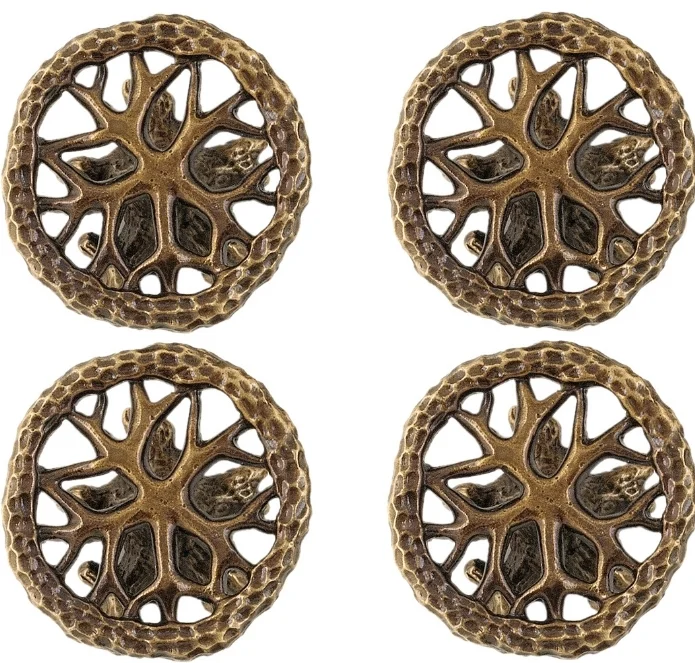One of our earliest introductions to the American arts and crafts movement came when we discovered the Gamble House in Pasadena. This gem is a perfect example of the craftsmanship and artistry that is the name sake of this organic architectural style. When we arrived in Los Angeles we started out as a small furniture company that specialized in hand carved pieces so it is not surprising that we were awestruck by the design brilliance of the Green and Green brothers who were commissioned by the Gambles to design their home. The Gamble house offers a wonderful insight into households living in a less technological world and one where construction techniques were integral to whole aesthetic of the house. When constructing the walnut stair hand rail and cabinets the carpenters used peg joints rather than mortise joints which gave the joint strength but also added a decorative contrast. The carpenter would hand drill a round hole into the walnut and then using a square walnut peg he would hammer this into the hole to create a strong and contrasting joint.
While we had a fleeting introduction to the Arts and Crafts style in England this had been limited to viewing exhibitions of William Morris’s textile and wallpaper designs where entwining acanthus leaves and brambles were common subjects. Together these movements have channeled some of our cabinet pulls as can be seen in our Hedgerow drawer knobs. The patterns for these pieces were carved in wax by Martin Pierce and after molds had been formed these designs were rendered in bronze using the lost wax method of casting.
One of our earliest introductions to the American arts and crafts movement came when we discovered the Gamble House in Pasadena. This gem is a perfect example of the craftsmanship and artistry that is the name sake of this organic architectural style. When we arrived in Los Angeles we started out as a small furniture company that specialized in hand carved pieces so it is not surprising that we were awestruck by the design brilliance of the Green and Green brothers who were commissioned by the Gambles to design their home. The Gamble house offers a wonderful insight into households living in a less technological world and one where construction techniques were integral to whole aesthetic of the house. When constructing the walnut stair hand rail and cabinets the carpenters used peg joints rather than mortise joints which gave the joint strength but also added a decorative contrast. The carpenter would hand drill a round hole into the walnut and then using a square walnut peg he would hammer this into the hole to create a strong and contrasting joint.
While we had a fleeting introduction to the Arts and Crafts style in England this had been limited to viewing exhibitions of William Morris’s textile and wallpaper designs where entwining acanthus leaves and brambles were common subjects. Together these movements have channeled some of our cabinet pulls as can be seen in our Hedgerow drawer knobs. The patterns for these pieces were carved in wax by Martin Pierce and after molds had been formed these designs were rendered in bronze using the lost wax method of casting.

